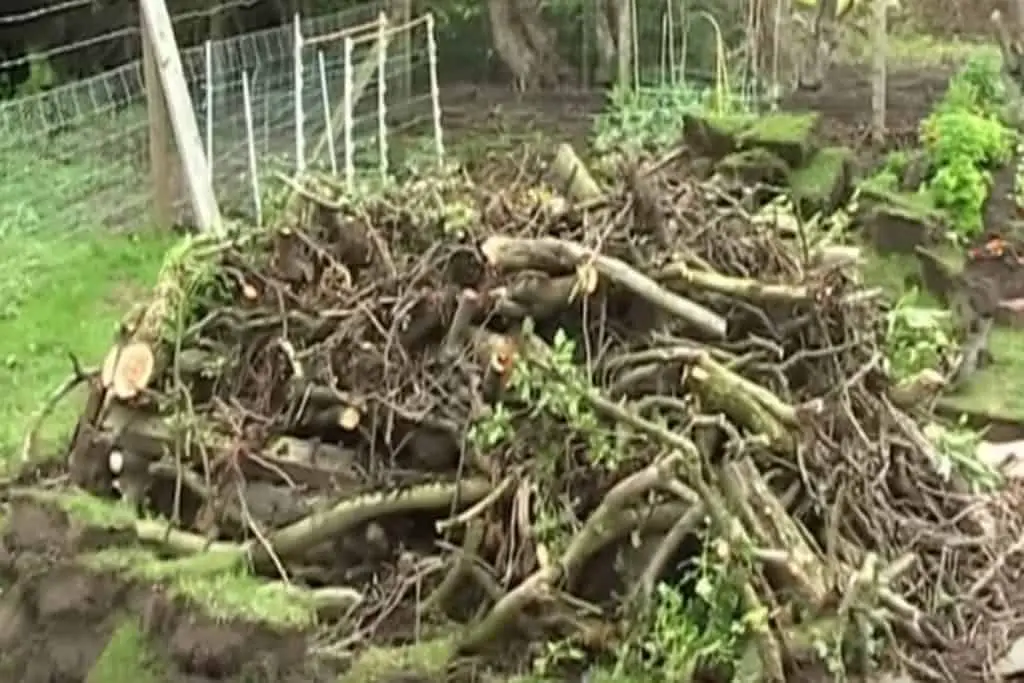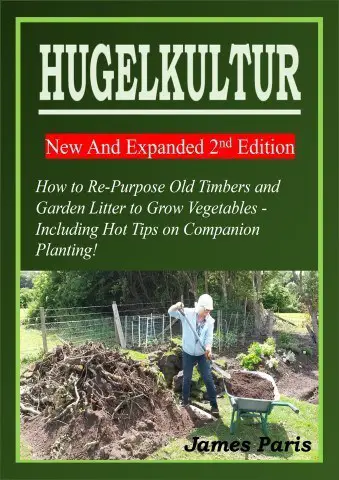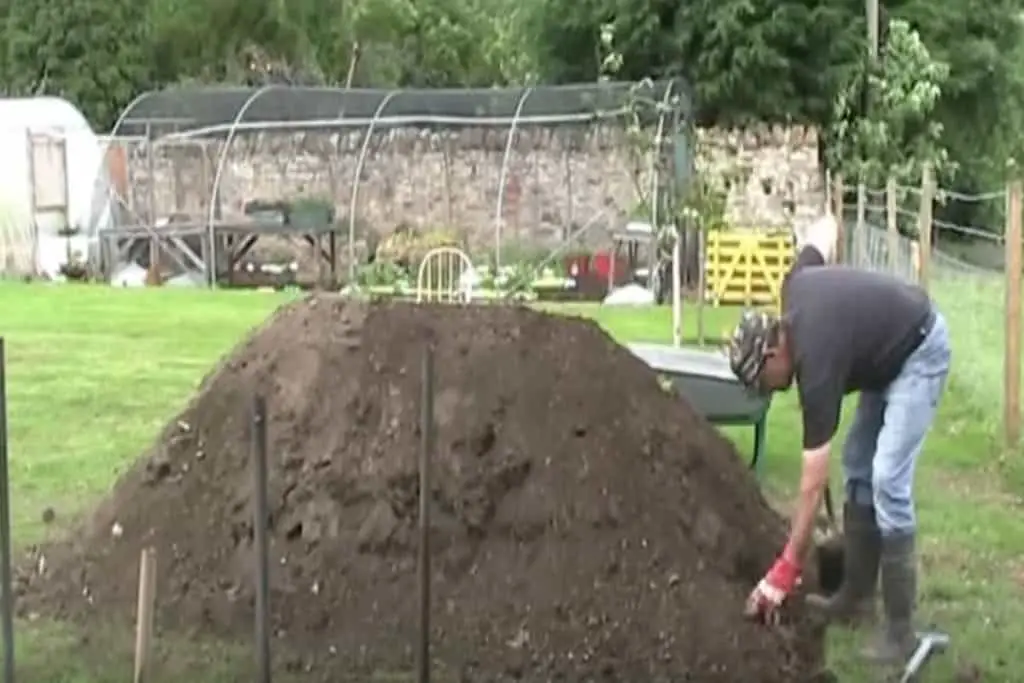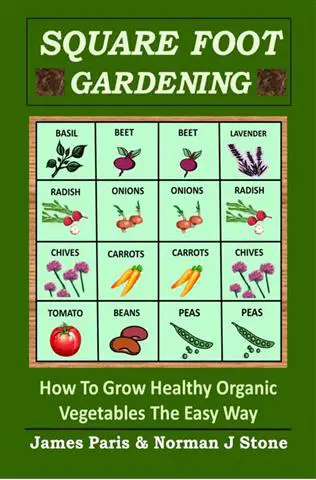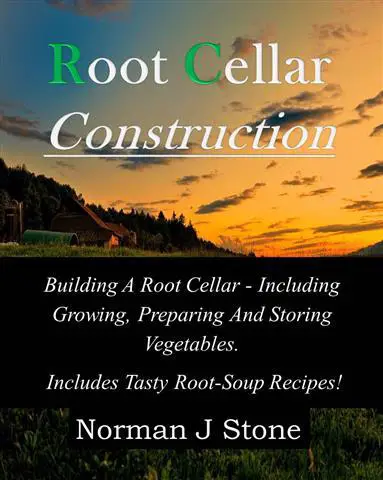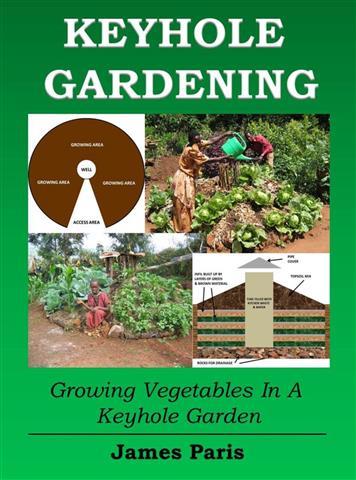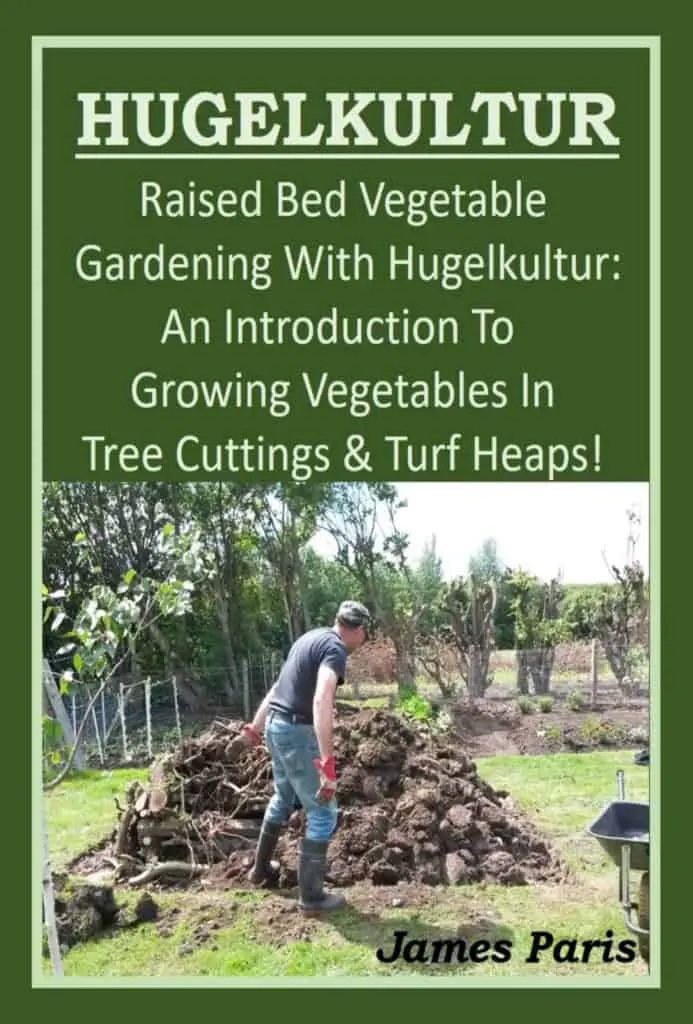Building A Hugelkultur Raised Bed Garden
Hugelbeds are growing in popularity as many gardeners seek to find a new sustainable yet cheap way to grow vegetables. The Ancient art of Hugelkultur, or ‘Mound Culture Gardening‘ originated in the forests of Germany in the middle ages, falls into the category of sustainable agriculture ‘like a hand in a glove’ in my own opinion!
The article below is an extract from my book on Hugelkultur gardening – an introduction to this highly successful method of re-purposing old timbers to make new soil.
You can fin the full details on Amazon on this link . Meanwhile – enjoy!
. Meanwhile – enjoy!
To Begin…
The actual process of building a Hugelkultur is very simple – albeit a little laborious! So if you have access to machinery or labour to help with the construction, all the better.
Material Needed: As mentioned earlier, the bulk of the material needed is timber in some form or another.
This can take the form of fallen trees or branches, or even new wood cuttings from a project. As long as the timber has not been treated and any nails or metal-work is removed.
Most of the forest trees are suitable for this, but avoid using Allelopathic varieties such as cedar, walnut, eucalyptus, sycamore or other tree species deemed Allelopathic.
Alders, cotton wood, poplar, willow, apple, and birch make good choices for your bed.
Avoid rot-resistant wood such as Oak or Cedar wood. These timbers will not decompose quickly and will defeat the concept of the Hugelbed system.
Also avoid timber that has been treated by wood preservative – yes I know that sounds obvious but still…
– yes I know that sounds obvious but still…
You can use partially rotten wood or fresh new wood, or indeed a mixture of both in the pile.
Listen while you go – Hugelkulter 11 Audiobook
A nitrogen source such as grass trimmings or manure is best used to kick-start the decomposition process. This is pretty much what you would be considering when building your compost heap – a mix of green and brown material.
Top soil or even a weed-free compost mix such as you may use in a raised bed garden, is needed to cap the whole thing off.

STEP 1 – Consider your location: You are attempting here to build a mound of material at least 3 foot high (915 mm) and 4 foot (1219mm) wide. Any length will do and pretty much depends on the space available and the amount of material you can acquire.
Your location should be able to accommodate the structure, and be exposed to adequate sunlight. Remember that most vegetables require at least 8 hours of daylight to prosper.
For practical purposes, it should be near a water supply, especially for the first 2 years, after which it should be almost self-watering.
STEP 2 – Prepare the ground: A Hugelkultur can be built either on flat ground, or in a swale or ditch. If you have a natural depression in the ground already then this is ideal, and can save a lot of labour & time.
A swale or depression, will gather water naturally and be soaked up by the timbers. This will speed up the decomposition process and ensure your bed will seldom if ever need watered!
It will also save you a tremendous amount of toil digging out a depression in the ground.
Surface Built: If you have chosen to build on the surface – This is a good option on wet or marshy ground for instance – then you simply have to gather your lumber and pile it in place.
Alternatively, remove any turf from the area – as you would when building a garden shed – and dig down for 12 inches or so. Along with the swale idea, this is a good practice for building in dry or arid soil.
Adding a layer of cardboard restricts weed growth but also encourages worms into the pile. For some reason worms love wet cardboard, and as any organic grower knows, worm castings are great for compost.
STEP 3 – Construction: This final step simply involves laying out your timber in the area prepared. Heavy timbers to the bottom and smaller sticks and twigs as you build it
up. Cover it over and fill in the gaps with your grass clippings and other nitrogen rich materials.
In the example diagram below the pile of timber has been sunk into a shallow trench. This is especially effective at retaining moisture in hot dry climates.
Give it all a good soaking, then cover over with the turf you removed earlier (if you have any) green side down.
Then complete the job by covering the mound with a good 6 inches of top-soil or compost mix.
This process can also be included in a Raised garden bed of steel or wood construction
TURF IS PLACED GREEN SIDE DOWN BEFORE TOPSOIL IS ADDED
Remember the idea is to build a sloping heap at least 3 foot high in the center, but in many instances the higher the better (even up to 6-7 foot high), as it will settle down over time.
Do take note however that the steeper the sides then the more soil you will lose as it slips away down the slope. An angle of no more than 45-50 degrees would be best suited, unless you surround it with a 6” timber edges as you would with a raised bed garden.
A higher construction will not only last longer but it will retain more moisture for longer periods. This is especially important if you live in a hot dry region.
You are now ready to plant your veggies immediately if you so wish. However I would advise building your mound in the fall or early spring, to allow the whole lot to settle down before planting out.
Some holes may appear as the material decomposes. These can be filled afresh with compost or soil on a regular basis over the coming years of operation.
More complete instructions can be found in our Amazon book ‘HUGELKULTUR – Raised Bed Vegetable Gardening With Hugelkultur’ on this link

